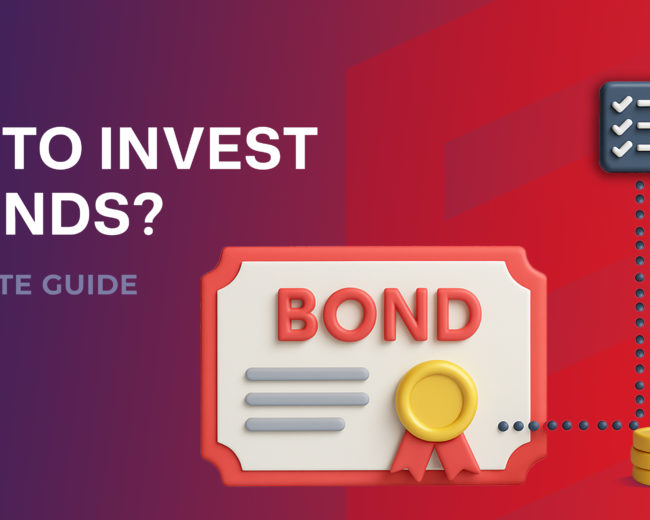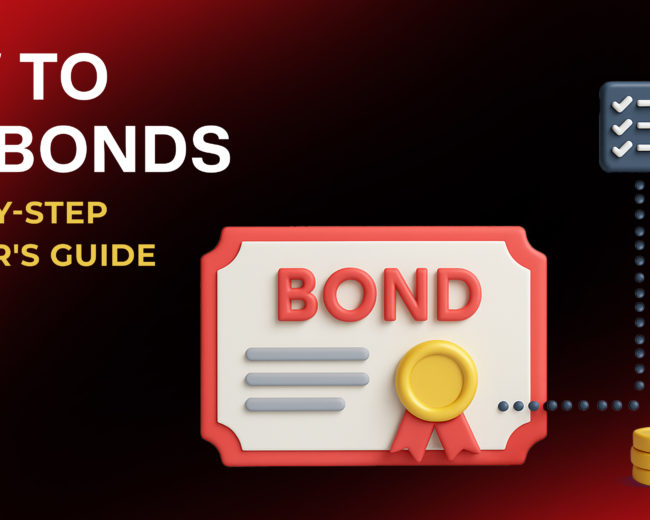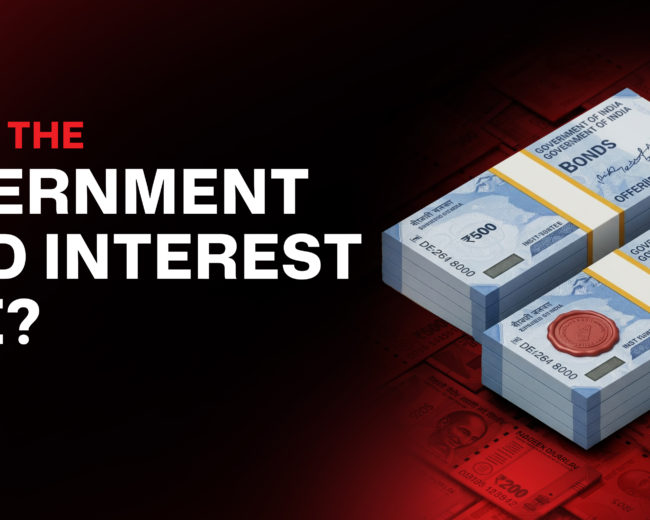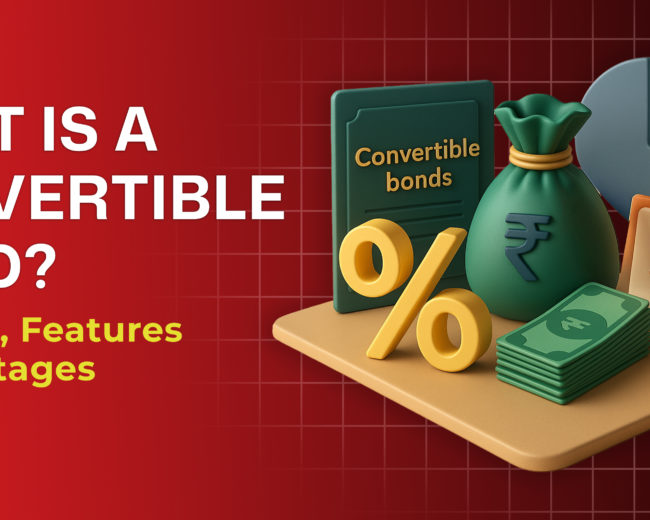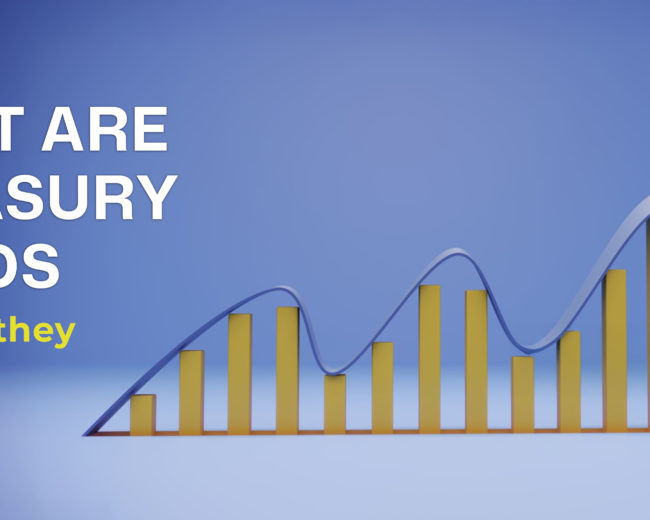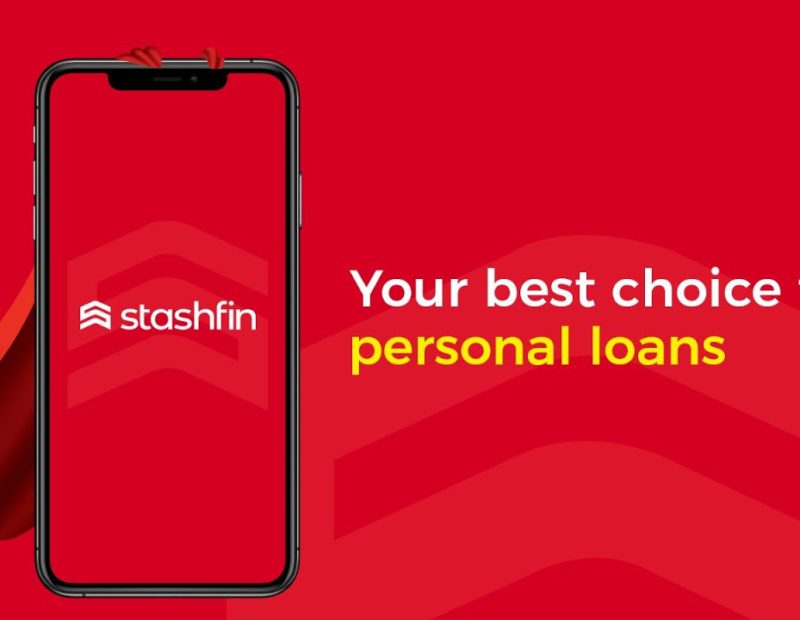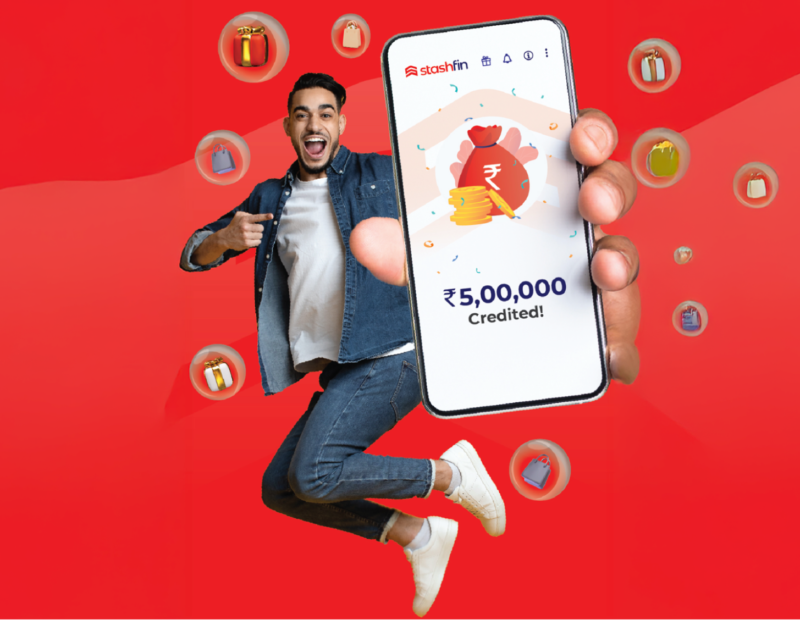A personal loan can be a double-edged sword when it comes to your credit score. While it can help you achieve your financial goals, such…
Have you ever needed quick funds but had no assets to pledge as security? Personal loans with no collateral are a go-to solution for many,…
With the advent of technology and growing consumer needs, the demand for credit facilities has seen a significant increase. For individuals with a steady income…
Planning to take out a personal loan? Ever wondered how much it actually costs? Personal loans are undoubtedly the most preferred loan type by those…
In today's fast-paced world, financial emergencies may arise at any given time. It could be the requirement for an unexpected medical bill, home repair, or…
Student life is full of challenges and excitement. A lot of teenagers juggle with studies, peer pressure, a multitude of aspirations and a lot of…
Are you thinking of applying for a personal loan? Personal loans are popular funding options that aim to meet diverse needs, ranging from medical emergencies…
When it comes to financial needs, the right loan type can make a big difference in your financial health. Two common loan options are personal…
As a woman entrepreneur, have you ever found yourself juggling multiple responsibilities and having a brilliant business vision but limited financial resources? Well, you’re not…



